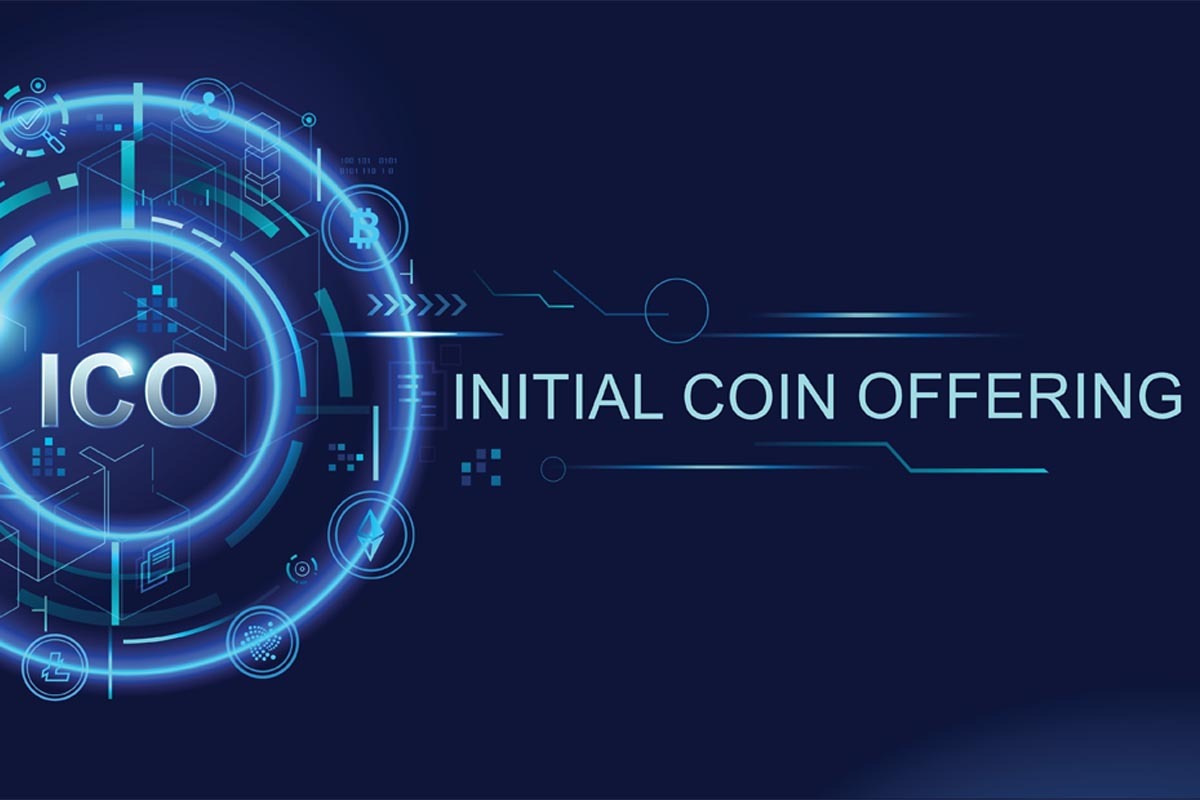Blockchain technology powered payment systems combat the issues of inland and overseas transactions beating its conventional adversaries by lengths.
Payment systems or the mode of transfer of funds has always been crucial to individual lives as well as businesses. However, the aspects of time, security and costs have weighed heavily on such transactions. To top it all there have been several intermediaries between the source and the destination.
The recent times will witness an enormous change on the technology-front for the leading payment processing services. The most popular payment gateways and even central banks have declared their intention to adopt blockchain as a technology behind payment processing.
Most of these companies are, in fact, in the post-conceptualization phase or testing phase in the implementation of the novel system.
Also Read: Role Of Blockchain Technology In The Content Marketing Sector
Blockchain Payment
The blockchain involves a decentralized ledger as opposed to a previously employed central database. In this case information is stored in blocks that are tamper-proof and can be propagated in a chain linking way by adding more blocks.
The Blockchain benefits come from the architecture that does not permit any changes in the older blocks and the database is stored in the form of multiple copies of itself on the designated devices of the network participants. Here, the data fed in one copy gets automatically duplicated in all of the other copies.
Benefits of Blockchain Payment
Elimination of Intermediaries
The present payment processing market involves huge players accounting for the majority of financial transactions and hence are in a great position to enforce their terms, even at the cost of the customer’s risk and losses.
In a typical transaction between the seller and the cardholder, there comes a series of intermediaries, namely, the acquirer, the payment gateway, the exchange and the issuer. Each of these intermediaries promise to maintain the integrity of information exchange and charge a fee for their services.
The benefit of blockchain payment comes from its architecture confirming the integrity of a transaction, payment systems making it possible for the buyer and the seller to make a direct fund transfer (peer-to-peer payment). The system saves the transaction data. Unlike traditional transfers through intermediaries which leaves space for errors, this data is 100% accurate and authentic.
High Security
As it happened on several occasions, hackers managed to intrude into the accounts of bank employees and the SWIFT system to drain away millions. Several other scams uncover and establish the vulnerabilities of the seemingly protected systems.
Blockchain combats such occurrences on three fronts.
Firstly, Blockchain transfers are very fast allowing the hackers a much smaller time-window to perform an operation involving unauthorized intervention, redirection of payments or information collection.
Secondly, once the verified information is written on a block it gains permanence in the chronological history of the ledger and gets copied on all participant devices in the network. The only way to change it would be to access all the corresponding blocks in the network and change their contents. This near-impossible feat makes blockchain secure many times over.
Finally, adding to the Blockchain benefits, it enforces two-point authentication involving the private and the public key for each user to further secure the information.
Fast Processing
Traditional cash transactions taking place within the country are pretty fast, taking around one or two minutes which is acceptable for all parties in the private sector. However, difficulties arise in cases of overseas transaction. Such operations take 1-5 business days to complete. The tardiness is owed to the several intermediary passes which theoretically should eliminate the risk of money losses of information theft. In reality the money takes a few hours to a day to arrive at the beneficiary’s bank if the amount is small. But this bank doesn’t rush things and waits for three day to check if any fraud is reported, if not the money is then considered legitimate and is available for the beneficiary to collect.
In contrast, even on a slow Bitcoin network, funds can be transferred across borders within a few hours. If the transaction, for instance, is a corporate payment, that uses the Lightning network this time is reduced to the order of a thousandths of a second.
Also Read: Mobilizing Blockchain Services to Impact the Commons
Cost-Reduction
Conventional banking transactions come at 1-3% of its volume. Payment transactions cost lie within the 0.1 – 0.5% bracket cross-border transactions waver around 3-10%. Transactions over digital payment systems demand 1.9 – 3.4%.
Blockchain payment does away with the intermediaries cutting sharply off the commissions and thus reducing the cost. Further transfer of funds over the blockchain network incur less cost than conventional ways. This leaves the charge of a transaction in the order of 0.001-0.1 times the size.
Blockchain powered remittances can transfer funds across borders to be directly cashed through an ATM or received on a mobile wallet at a very nominal fee.
Anonymity
Blockchain (employing Hashgraf or DAG) ensures complete anonymity on both ends ensuring the protection of information on all levels. In contrast, the conventional systems involve documentation of the information with all the intermediaries and have time and again caused data theft.
Conclusion
The benefits of blockchain are indeed farfetched. However, the Blockchain powered fund transfer beats its conventional counterparts by a broad margin. This is evident in the rapid shift of technology grounds for the premium payment systems. Thus the benefits of blockchain payments can correctly be considered as a long-term future.






